Every year on 11 November, huge crowds gather under the Menin Gate in Ypres to hear the Last Post played in memory of those who died in the First World War. But most people do not stray far beyond the walls of the ancient Flemish town. If they did, they would find an astonishing number of cemeteries, memorials and relics of the war.
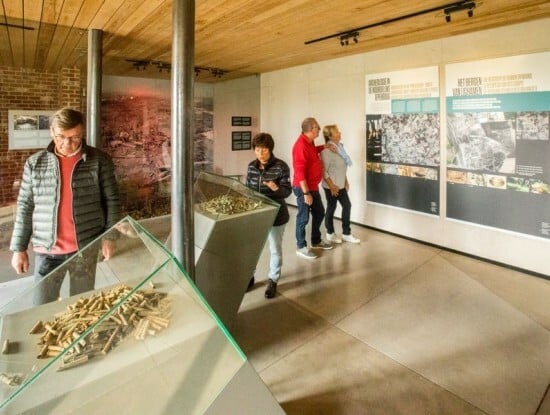 Entry point North of the Ypres Salient walk at Klein Zwaanhof
Entry point North of the Ypres Salient walk at Klein Zwaanhof© In Flanders Fields Museum
Ypres tourist office and In Flanders Fields Museum launched a project to encourage more people to explore the war-scarred landscape around Ypres. To make it easier, three rural entry points were established along the former line of the trenches.
The entry point at Klein Zwaanhof, or Little Swan Farm, is located in a reconstructed house on the site of an old Flemish farm. It serves as an information centre complete with maps, historic photographs and video films.
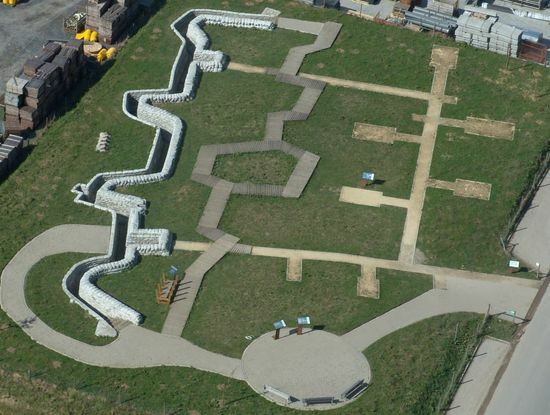
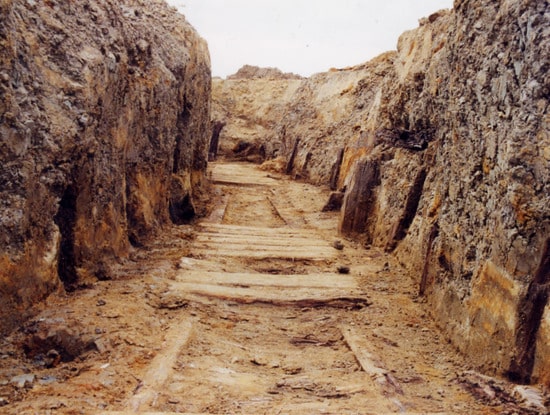 Yorkshire Trench & Dugout is one of the many remnants of the Great War you can see along the way.
Yorkshire Trench & Dugout is one of the many remnants of the Great War you can see along the way.© In Flanders Fields Museum
You are encouraged to follow a 2.8-kilometre walking trail from Klein Zwaanhof to discover a small area of the battlefield. The trail leads through quiet fields to small cemeteries including one whimsically named Caesar’s Nose. Along the way, you pass young trees that were planted in 2014-18 along the line of the vanished trenches.
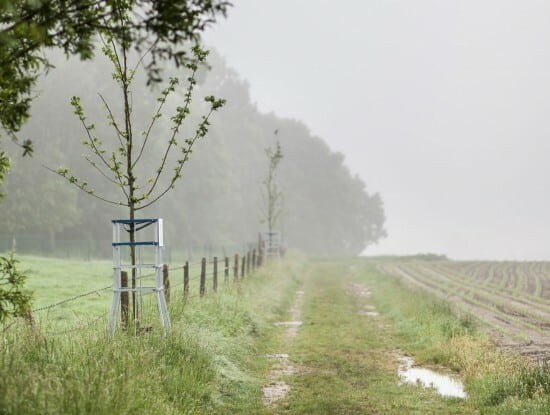 Yesteryears' frontlines have disappeared, but 305 memorial trees mark the location of the most motionless frontlines from the period 1915-1917.
Yesteryears' frontlines have disappeared, but 305 memorial trees mark the location of the most motionless frontlines from the period 1915-1917.© In Flanders Fields Museum
The three walking trails (each beginning at a separate entry point) represent a new way of understanding the war by heading out into the landscape where it all happened. Over the coming years, the Flemish tourist office is financing a further 25 small-scale projects devoted to the landscape around Ypres. ‘The Westhoek remains to this day a silent witness of what happened here during the First World War,’ argues Flemish tourism minister Zuhal Demir.
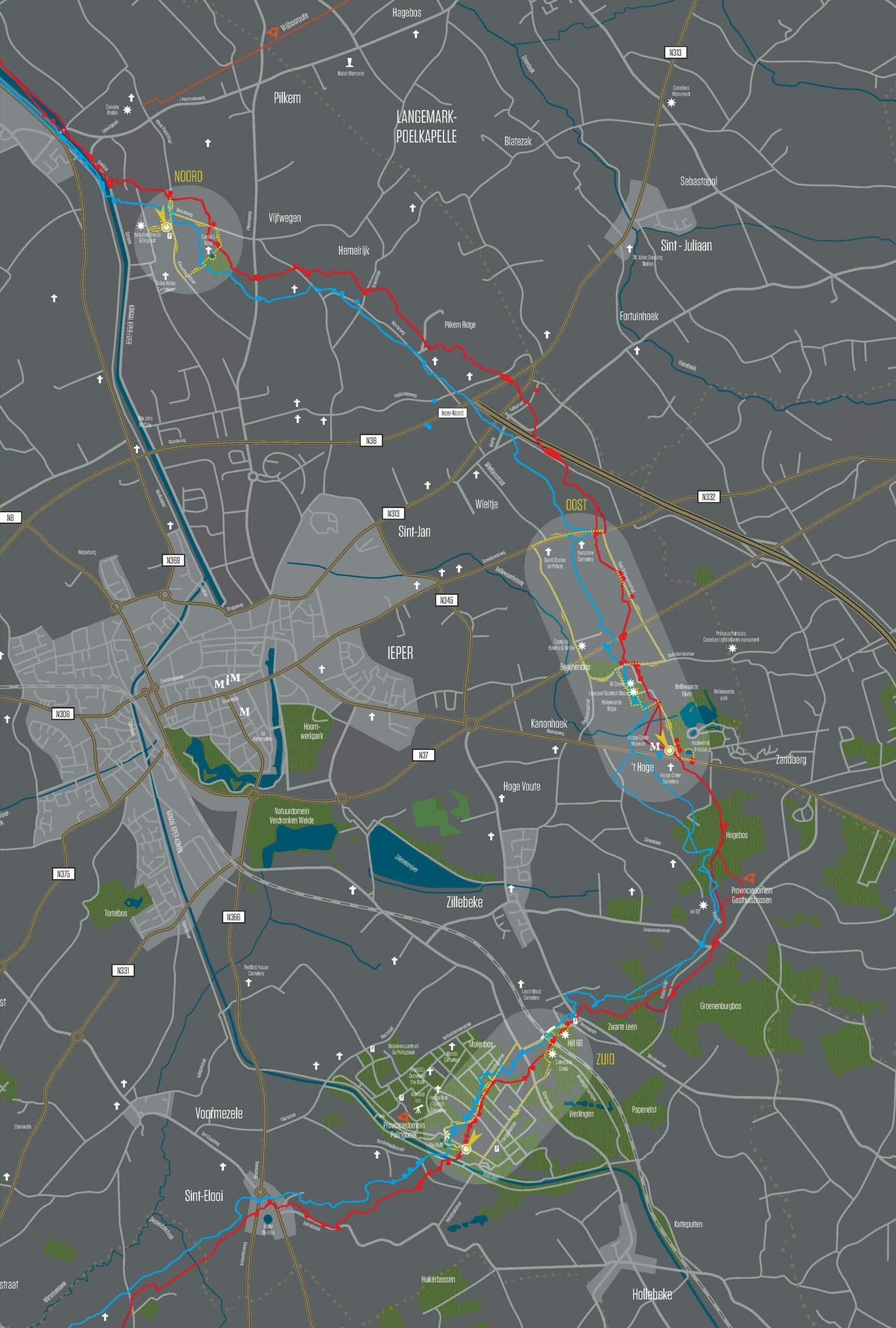 The walking trails around Ypres Salient - each beginning at a separate entry point: farmstead Klein Zwaanhof (entry point North), next to Hooge Crater Museum (entry point East) and provincial estate De Palingbeek (entry point South)
The walking trails around Ypres Salient - each beginning at a separate entry point: farmstead Klein Zwaanhof (entry point North), next to Hooge Crater Museum (entry point East) and provincial estate De Palingbeek (entry point South)











